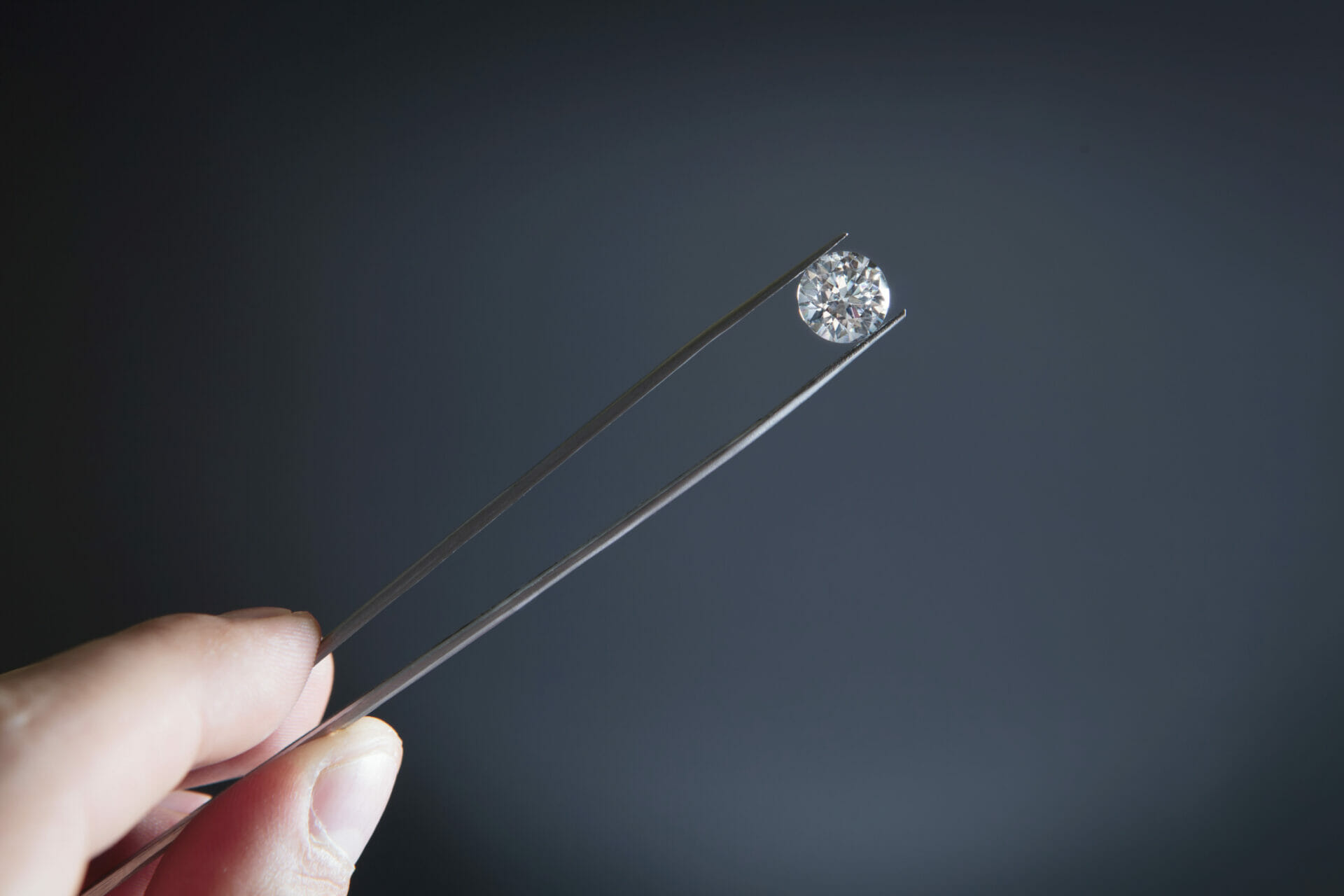This article originally appeared in our November/December 2015 issue of Nonprofit Hub Magazine, a free bi-monthly magazine. You can reserve your free copy today.
______________________________
Finding a diamond in the rough is just that—rough. It’s a difficult process when you’ve been sending emails and direct mail pieces to your list, waiting for the donations to roll in and…crickets. It’s not quite the return you were hoping for.
Where exactly are the right donors hiding, again? You know—the kind of donors who wholeheartedly support your organization and can’t wait to give you funds.
Joe Garecht, president of the Fundraising Authority, suggests that potential donors are everywhere you look. It’s just a matter of how you’re talking to them and building relationships. When you’re strapped for time and money, it’s easy to push aside best practices, but it’s crucial to the success of your fundraising efforts that you don’t.
Instead, focus on the right people. Fair warning—it’s going to take some time, because this is no last-minute affair. Let’s talk about how your organization can make sure they’re asking the right donors to help achieve your mission.
There’s Always Somebody You Haven’t Asked
You’ll never know unless you try, and in this case you’ll never know unless you ask. Garecht said new nonprofits often have a flawed way of thinking about finding potential donors.
“The biggest misconception for newest nonprofits is that they don’t know anybody who has money,” Garecht said.
It’s simply not true, he said. Instead, Garecht suggested that the majority of people you know have money, and it’s your job to convince them that your organization is where they should be spending it.
“In order to get from point A to point B, there has to be a line connecting them,” he said.
That line is your existing relationships with people you know. Garecht said all great fundraising programs are built on relationships, and pointed out that even the huge organizations started off with one person.
However, not everybody you know is going to have a connection with your mission. Garecht said that in the beginning, it’s okay if people give to your organization simply because they believe in you, because it’s all part of the fundraising process.
“A lot of nonprofits think if you have a pulse, you’re a good prospect,” Garecht said. “That’s true for the first meeting.”
Beyond the first meeting, you have to start asking questions to figure out if they’re right for your organization. Build an emotional connection with those donors and try to help them understand why their dollars are needed to make a difference.
Other than people that you know, use networking and community outreach to find new prospects. Always be in the mindset that people you meet could care about your cause if you can convey it to them in the right way.
Once you’ve identified those prospects, Garecht said the problem is almost always in the cultivation process.
Stop Cultivating from a Distance
If only life were as simple as staying inside of our comfort zones, but where’s the fun in that? Garecht has a newsflash for you: “The easy way actually isn’t the easy way,” he said.
The easy way involves sitting at the comfort of your desk and sending out mass communication at a distance, whether that be an email blast or a direct mail piece. Instead, there’s one question you should absolutely be asking about how you’re building relationships:
“What percentage of your time do your frontline fundraisers spend meeting with donors in person?”
Garecht said that in his experience, around 90 percent of nonprofits admitted that only 10 percent or less of their time is spent with donors in person—and that’s a problem. Instead, focus on building lifelong relationships with donors instead of searching for the quick solution.
“That investment of your time in a donor through a personal connection always pays off,” Garecht said.
What exactly does that look like for your organization? Call your donors. Set up meetings. Don’t be afraid of meeting and talking in person. It’ll take more time, but the payoff is worth it.
Use Distance as a Reminder
In terms of profitability, Donor communications expert Tom Ahern said the quality of your organization’s donor list is the most important factor to consider.
“When a new client is coming in, we’ll talk about who is in their database and they’ll reveal that they’ve been mailing to people that have been unresponsive for five years,” Ahern said.
Every time you send out a direct mail piece to that outdated list, you’re essentially throwing money away. Don’t waste your time and energy on people who show no promise of giving. Instead, focus on updating your list regularly with people who have given, and building new relationships with people who have the potential to be supporters in the future.
Then you can use those email blasts and direct mail pieces as a reminder to your donors that you’re thinking about them and care about them, even if you haven’t had time to schedule a face-to-face meeting in awhile.
So get out there and focus on building relationships from the ground up. The more effort you put into cultivating relationships, the more donors will stick around.






